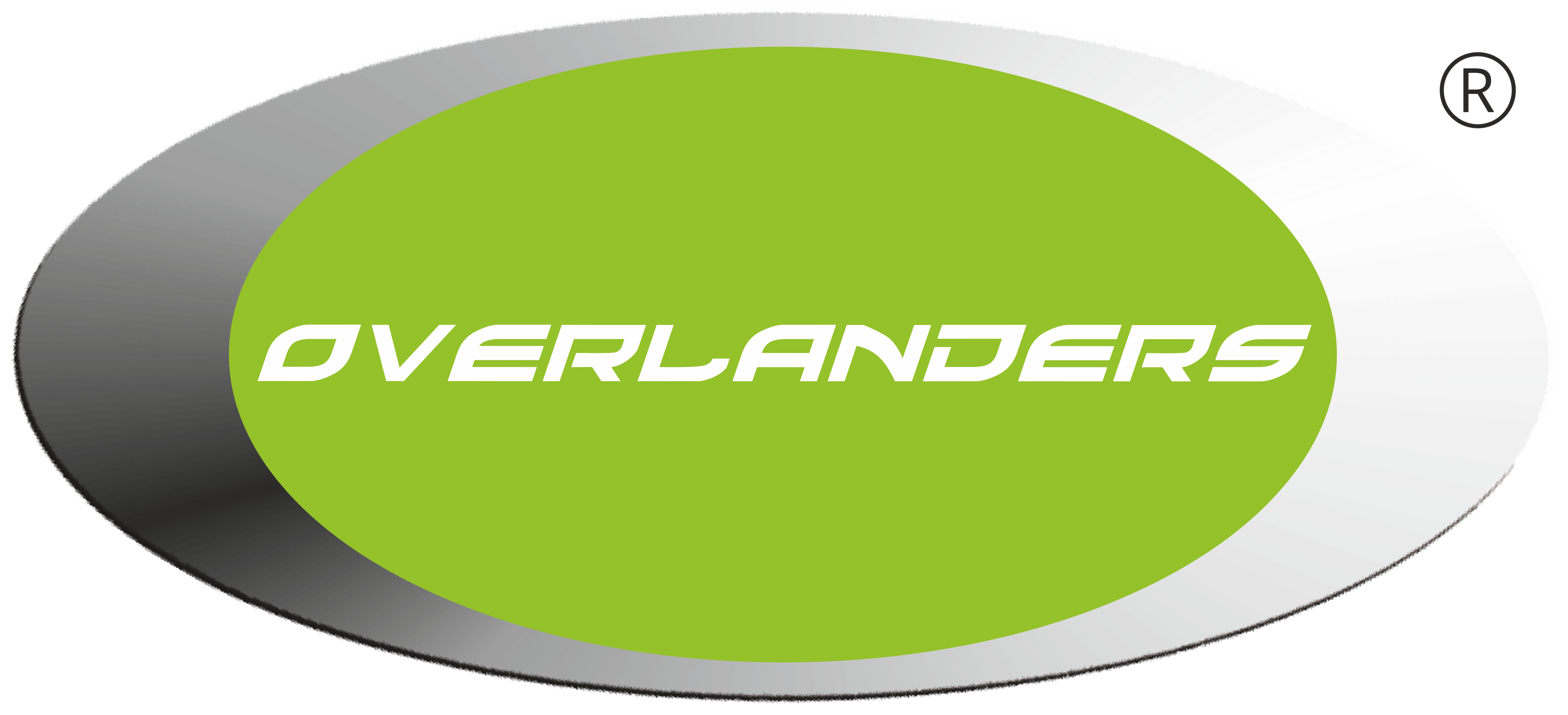Our Process
Unveiling Excellence
The Overlanders Campervan Manufacturing Journey

Stage 1
Thermocole Model
After having gone through the stage of small clay model the next first real stage was to transfer the final design from the computer to a 1:1 model. A wooden structure was built on the actual vehicle platform to support the thermocole. Thermocole was used to make the desired shape to ascertain the form and size along with proportions of the design vis a vis the vehicle platform.
This is a general process followed for all new applications and designs at Overlanders.
Stage 2
Wood Model
This stage begins after careful assessment of the 1:1 Thermocole model. Necessary changes are incorporated in the design and finalised for the next stage of vehicle development.
In the wooden dummy phase, skilled craftsmen shape and assemble wooden structures that form the exterior shape the campervan, to make it look real with fine finishing and painting work.


Stage 3
Moulding and First Body
Different moulds the body parts are made, and dies are prepared at this stage, thus preparing the way for the First Body. This stage involves creating the external shell of the campervan and many other body components. Utilizing moulds and advanced manufacturing techniques using high end composites, the initial monocoque body of the vehicle is formed. This process ensures structural integrity and efficiency while accommodating the interior layout designed for stability.
Stage 4
Trials, Testing, and Finishing
Once the campervan body is assembled, it undergoes rigorous trials and testing protocols. These include performance tests to ensure the vehicle dynamics is not compromised as per the OEM’s specifications and criteria, as well as quality inspections to verify the integrity of all installed components. Finally, finishing work begins with body paintwork, interior upholstery, interior amenities and the assembly of electrical systems, etc.


Fitting of the Interiors

Finally Upholstery fitting



